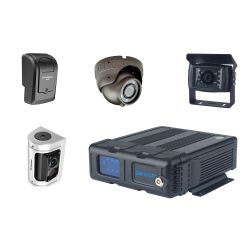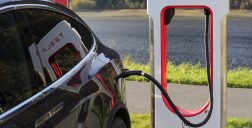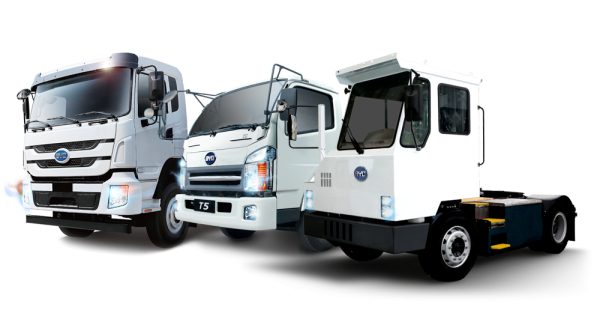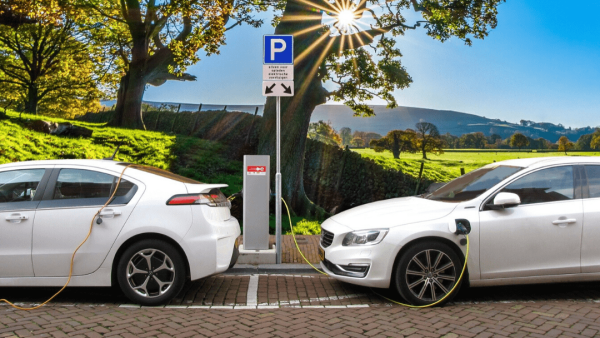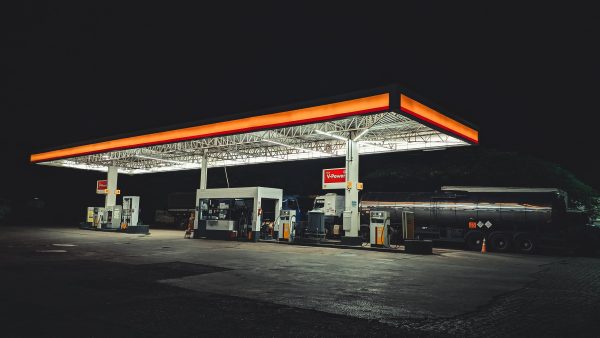How to Navigate Fluctuating Fuel Costs
March 31, 2022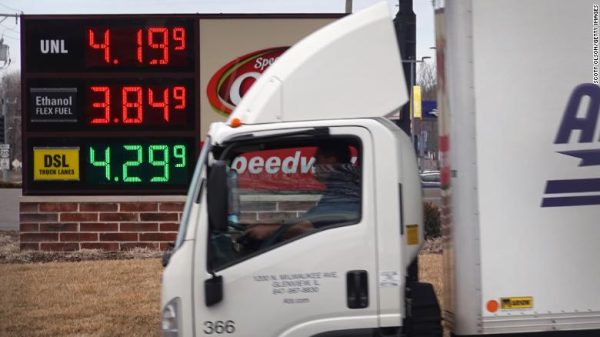
If you own, operate, or manage a commercial fleet, gas consumption and the cost of fuel are likely top of mind. Knowing how gas prices are established and how you can positively impact your fleet’s fuel economy is the best way to arm yourself against this never-ending uphill battle.

Why does the price of fuel fluctuate?
It would be reductive to assume that supply and demand are the main reason for gas price fluctuations. While the price does increase when gas supplies decrease, The issue is more nuanced.
Gas prices can fluctuate based on any number of variables, including:
- An increase in crude oil prices
- A supply chain disruption
- Changing seasonal demands
- Market uncertainty
- Stock levels
While you can’t control the cost of crude oil, there are ways to help you improve your fleet, your drivers, and your fuel consumption. Here’s how.
Adjust Driving Behaviour
The easiest place to start with fuel efficiency is behind the wheel. Your drivers may have picked up some bad habits over the years, which is both understandable and fixable.
Harsh braking, sudden acceleration, frequent stops, and idling can all contribute to an empty gas tank. The right telematics solution will record these events and send you alerts, allowing you to connect with your driver and provide coaching in real-time.

Use Seasonal Driving Techniques
Did you know that the cost of gas increases during the warmer months? With more people travelling, the demand for gas tends to go up. Your drivers can apply seasonal driving methods to reduce fuel costs and stay safe, no matter what lies ahead.
Cold-Weather Driving Tips
- Reduce the amount of time spent idling to warm your vehicle. Engines tend to warm quicker while driving, so you actually only need approximately 30 seconds before starting your drive.
- Avoid using defrosters or seat warmers for longer than you need to.
- Improve gas mileage by using the vehicle’s recommended grade of motor oil.
- Make sure the fuel you use is seasonally-appropriate (summer vs. winter-grade gas).
Warm Weather Driving Tips
- Be selective with your air conditioning. Excessive use can drain fuel levels. Consider opening your windows instead.
- Keep your tires properly inflated, for your vehicle and for the appropriate season. You can increase your gas mileage by up to 3% by keeping tires inflated to the correct pressure.
- Fuel needs oxygen to help it burn. Warmer temperatures cause air to expand, so less oxygen is present, and there is less fuel consumption. Keeping a steady foot on the gas and avoiding sudden accelerations will help keep your fuel economy in check.
Switch to Electric Vehicles
We’ve written extensively about the benefits of electronic vehicles (EV’s). In addition to less maintenance and a smaller carbon footprint, the net zero fuel expense translates to a lower cost per mile for each vehicle.
In recent years, EV manufacturers have made great strides in reducing the sticker price of their vehicles, however replacing your entire fleet may be unreasonable and cost prohibitive. Moreover, there is considerable debate over the best way to integrate the infrastructure necessary to support these vehicles on the road.
Drafting a replacement schedule for your vehicles while gradually integrating EV’s into your fleet can amount to a substantial decrease in fuel costs over time.
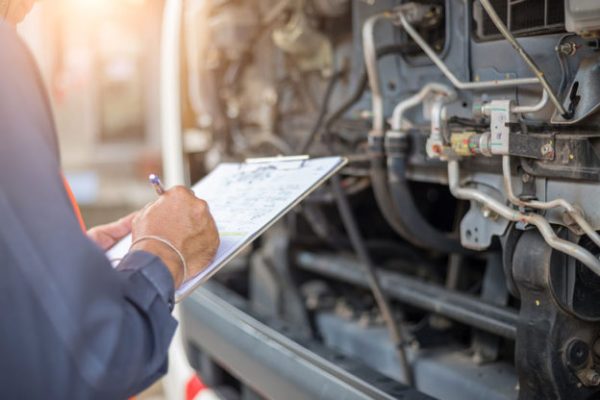
Maintain Your Vehicles
Inefficient vehicles cost time and money, not only in fuel expenditures but in maintenance and operational costs. Keeping your vehicles in top condition helps you have a fuel-friendly fleet while avoiding costly repairs before they’re required.
Slow Down
Every vehicle has a unique optimal speed that maximizes fuel efficiency. However, gas mileage decreases rapidly at speeds above 50mph.
A study conducted by Oak Ridge National Laboratory estimates “that each 5 mph you drive over 50 mph is like paying an additional $0.30 per gallon for gas.” Plus, driving the speed limit is safer for everyone.
Buy in Bulk
Buying fuel in bulk could help you offset the cost and centralize fuel usage. Having an accessible fuel supply in a crisis can result in reduced downtime and increased efficiency on the road.
Buying fuel in bulk isn’t suitable for all fleets. If you run a large fleet with a centralized location (for example, with utility fleets or first responders), buying in bulk can have a positive impact on your bottom line.
Optimize Your Routes
Choosing routes geared towards fuel efficiency is a great way to lower your costs. The data collected by GPS integration (common in most telematics systems) can be used to find better, safer routes, which can reduce not only the overall travel time, but fuel consumption monitoring can identify the amount of fuel it takes to reach your destination.
GPS can also provide real-time traffic or route status; in the event of heavy traffic, this feature can help you find an alternative route and avoid idling.
Conclusion
Telematics has the power to manage your fleet’s fuel economy, maintenance schedules and driving habits. At ZenduiT, we offer flexible end-to-end telematics solutions for all commercial vehicles, whether you have just one or an entire fleet.
Ask us about our fully integrated telematics solutions. Contact your ZenduiT consultant and book your free demonstration today.


